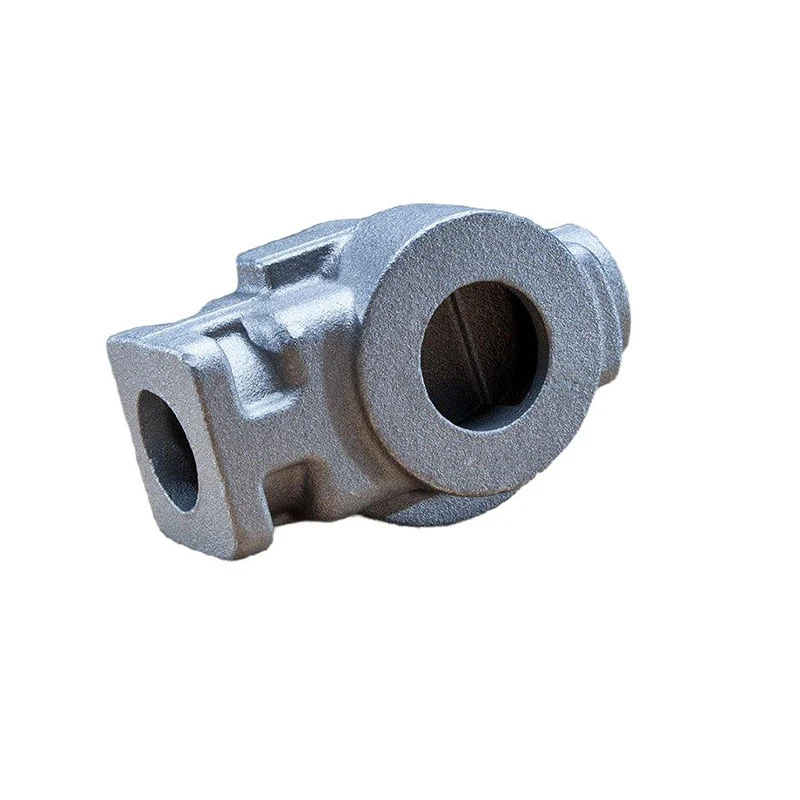casting automotive parts
The Significance of Casting in Automotive Parts Manufacturing
Casting has long been a fundamental process in the manufacturing of automotive parts, playing a crucial role in the production of various components that are essential for vehicle performance, safety, and durability. As the automotive industry evolves, casting techniques continue to adapt and innovate, allowing manufacturers to meet the increasing demand for lightweight, high-strength materials while maintaining cost-effectiveness and efficiency.
Overview of Casting Processes
Casting involves pouring molten material into a mold to create a part or product. In the automotive sector, several casting techniques are commonly used, including sand casting, die casting, investment casting, and permanent mold casting. Each method has its unique advantages and applications, depending on the specific requirements of the parts being produced.
1. Sand Casting This traditional method involves creating a mold from sand, allowing for complex shapes and designs. Sand casting is particularly useful for larger components like engine blocks, transmission cases, and chassis parts. Its flexibility in design coupled with low tooling costs makes it a favored choice for small production runs.
2. Die Casting In die casting, molten metal is injected into a mold at high pressure, resulting in high-precision and repeatable parts. This technique is commonly used for parts that require tight tolerances, such as transmission housings and automotive brackets. Die casting is more expensive than sand casting due to higher tooling costs, but it offers superior surface finish and dimensional accuracy.
3. Investment Casting Also known as lost-wax casting, this method is ideal for creating intricate parts with high detail and complexity. Although this process is slower and more expensive, investment casting is often used for producing precision components like turbine blades and small automotive parts that require excellent surface quality.
4. Permanent Mold Casting This technique utilizes reusable molds to create parts, providing a balance between the benefits of sand and die casting. It allows for faster production cycles than sand casting while offering better surface finish and dimensional accuracy than traditional methods.
Advantages of Casting in Automotive Manufacturing
casting automotive parts

1. Design Flexibility Casting allows engineers and designers to create complex geometries and intricate designs that may be challenging to achieve with other manufacturing techniques. This flexibility is crucial in the automotive industry, where aerodynamics and form contribute significantly to performance and aesthetic appeal.
2. Material Versatility A wide variety of metals can be used in casting processes, including aluminum, iron, and magnesium. These materials can be chosen based on their specific properties, such as weight, strength, and resistance to corrosion, tailoring components to the demands of their applications.
3. Cost-Effectiveness Although initial tooling costs can be high for certain casting methods, the ability to produce large volumes of parts with minimal labor can offset these expenses. Additionally, the durability and wear resistance of cast parts often lead to lower long-term operating costs for manufacturers and consumers alike.
4. Lightweight Solutions With the automotive industry increasingly focused on reducing vehicle weight to improve fuel efficiency and reduce emissions, the casting process allows for the production of lightweight yet robust components. Materials like aluminum and magnesium, when cast, provide an excellent strength-to-weight ratio.
Challenges and Innovations
While casting presents numerous advantages, it is not without its challenges. Issues such as porosity, shrinkage, and dimensional inaccuracies can affect the quality of the final components. However, the industry is continuously evolving, with innovations in casting technologies, such as computer-aided design (CAD) and simulation software, enhancing the precision and reliability of casting processes.
Furthermore, the rise of environmentally conscious manufacturing practices is pushing the automotive sector to explore greener casting methods. Recyclable materials and reduced energy consumption during casting processes are becoming essential considerations for modern manufacturers.
Conclusion
Casting remains a vital component of the automotive parts manufacturing landscape. Its inherent advantages—design flexibility, material versatility, and cost-effectiveness—position it as an enduring solution to meet the sector's demands. As technology advances and environmental considerations become increasingly prominent, the future of casting in the automotive industry looks promising, paving the way for innovative designs and sustainable practices that will drive the next generation of vehicles.
-
Precision Casting Prototypes and Engineering Inc – Innovating Global Manufacturing SolutionsNewsNov.24,2025
-
Precision Casting Facility: Advanced Manufacturing for Global Industries | Hairun SourcingNewsNov.23,2025
-
Leading Precision Casting Corporation: Quality Metal Components for Global IndustryNewsNov.23,2025
-
Precision Cast Rods: Definition, Applications & Future Trends in ManufacturingNewsNov.22,2025
-
Precision Cast Iron Surface Plate: The Backbone of Industrial Accuracy and QualityNewsNov.21,2025
-
Precision Aluminum Investment Casting: High-Accuracy Manufacturing for Modern IndustriesNewsNov.20,2025















